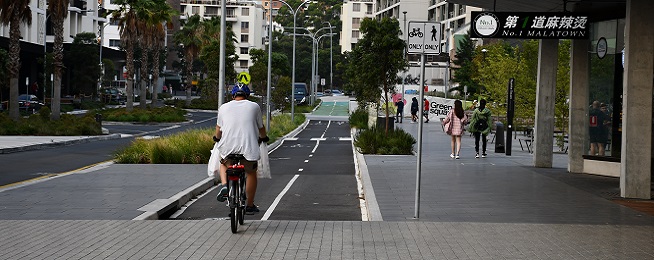

Let's stop talking, start acting on cycleways
Each time, we’ve said, if you build a network of separated cycleways connected to where people want to go then more people will ride.
Of course, not everyone will choose to ride a bike to get to work, school, university, the shops or services, but even if only 5 per cent of the peak hour traffic rode bikes instead of travelling in private cars, it would make a huge difference.
Other Australian cities are already investing in separated cycleways and so are aiming for higher rider numbers.
Electric bicycles are helping to change the conversation about bike riding. They flatten hilly areas, make longer rides viable, reduce the need for showering and help more people to ride.
The increasing popularity of e-bikes is another reason why investing in separated cycleways is common sense. The community are interested in separated cycleways but the biggest barrier to them being built is political wobbles.
Many local councillors and state MPs profess support for separated cycleways until they get complaints about loss of parking or narrowing of traffic lanes.
Their support starts to waver and we get “compromise” solutions that effectively maintain the status quo and don’t achieve the changes needed.
The reality is that we don’t have super-wide road reservations to play with. If we are going to have safer bicycle routes, we need to re-prioritise our road space.
Motor vehicles currently get the bulk of the space in a roadway, people walking a sliver on the sides, and people riding have to make the choice of squeezing onto paths or taking their chances on the road.
If bicycles are going to be a genuine transport option, then politicians need to bite the bullet and start reallocating road space to cycleways on corridors identified for riding.
In Hobart, a 10-year old plan identified bike routes for Argyle, Campbell, Collins, Macquarie and Davey streets. It is likely these routes will be revisited in the yet to be released Central Hobart Precincts Plan, but the Hobart City Council has released plans for a trial of its first separated cycleway on Campbell St and short cycleways on Liverpool and Bathurst streets connecting to Argyle St.
They have made the space in the roadway by converting a parking lane to a traffic lane in peak hours, with an exception for the hospital block where short-stay drop-off and pick-up parking will be implemented.
This is a sensible move because removing disruptive parking manoeuvres during peak hours also improves traffic flow and safety.
Because there are few retail and service businesses along this route, the councillors and aldermen shouldn’t get too many wobbles in approving this cycleway rollout.
When cycleways are proposed for streets with retail and service businesses, some owners worry that fewer parking spaces will affect the number of people coming through their doors.
The reality is that most shoppers happily park within five minutes’ walk of their destination. In other cities where separated cycleways have replaced on-street parking the impact has hardly been noticeable.
Cycleways can calm a street, making it more attractive to shoppers coming by foot, bike, public transport or parking in multistorey car parks and side streets and walking the short distance.
Very few of us would turn around and go home if we couldn’t find a park within a few steps of the shop we wanted to visit. Businesses in cities with separated cycleways have seized the opportunities of more people flowing down their street who can easily stop, park their bikes and pop in. Research studies report that while car drivers spend more in a single visit, bike riders visit more often and so spend more over the longer term.
It’s fantastic to see the Hobart City Council doing something positive for road safety and traffic congestion.
While the trial infrastructure will not be perfect and won’t look beautiful, it’s worth trying out to see what does and doesn’t work. A permanent route can have the money spent on it to make it look good and provide functionality for a wide variety of rider abilities.
A network of separated cycleways and improved public transport are desperately needed in Hobart, let’s start working together this year to make them happen and help your local pollies to overcome any wobbles they might get along the way.
This article first appeared in The Mercury on 21 January.

